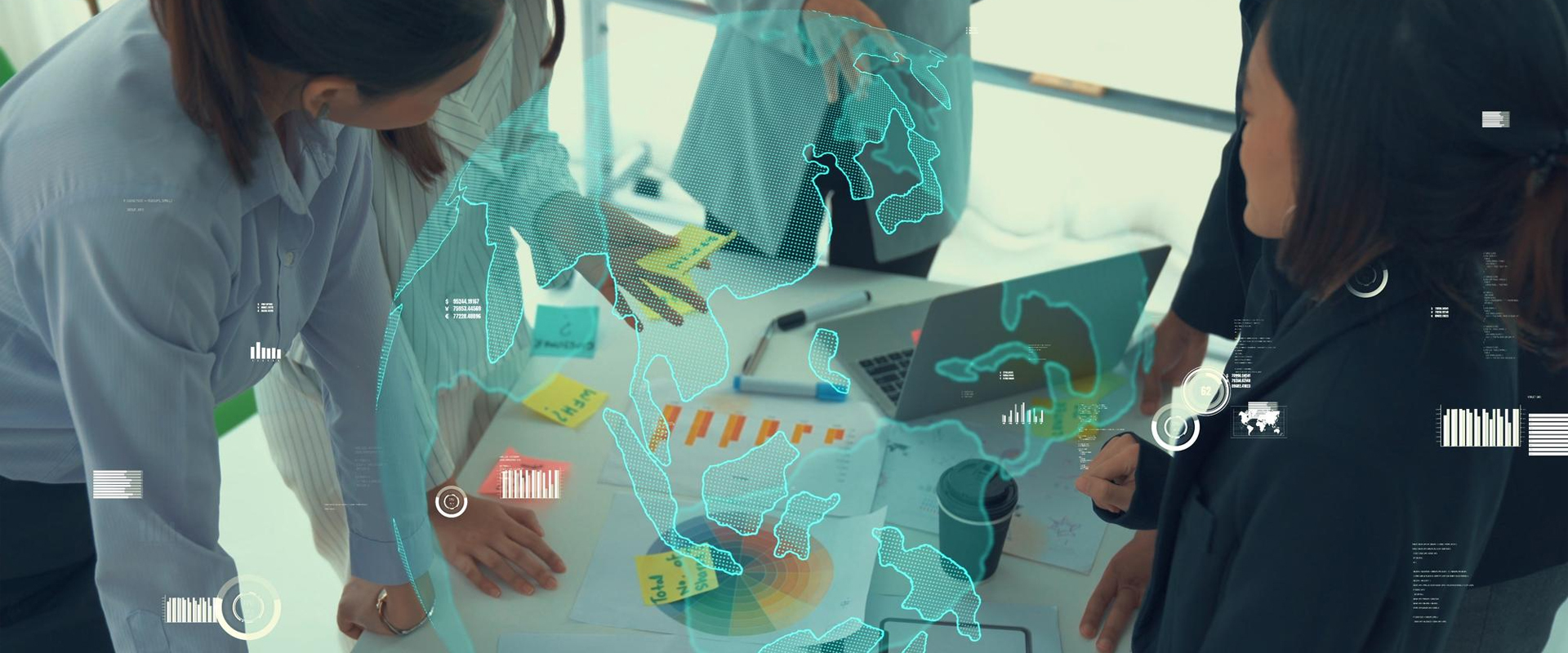Last Updated on January 3, 2025
Overview: What Is Clinical Data?
Over the years, with the advancement in science and technology, the term clinical data science has garnered much popularity, especially in the field of clinical research. From using paper data collection to switching to electronic tools for the same purpose, it has resulted in higher efficiencies in terms of time, quality, integrity, and traceability of all the data collected during a study. Clinical data science is basically a domain that focuses on incorporating data science into healthcare to improve the overall well-being of patients and the healthcare system.
This blog will explain what is clinical data, understanding clinical data science, the types of clinical data, etc.
Significance of Clinical Data Science in Clinical Research
Due to its ability to collect, analyze, and make sense of massive volumes of data in a timely and reliable manner, clinical data science is becoming increasingly significant in clinical research. The advantages of clinical data science in clinical research are:
Improving patient outcomes:
Clinical data science uses advanced analytics that assists researchers in finding patterns and trends in clinical data that might help improve patient outcomes. Researchers can detect particular patient traits by analyzing data, allowing them to customize treatment strategies, which can lead to improved outcomes.
Reduce costs:
It can assist researchers in identifying the most successful clinical tactics, medications, and therapies that will deliver the best outcomes while also being the least expensive.
Accelerated research:
The sheer number of data that must be analyzed in clinical research can sometimes impede progress. By automating data extraction, cleaning, and analysis procedures, clinical data science can help accelerate research.
Improved patient management:
It can assist researchers in better managing patients before, during, and after therapy. Researchers can make real-time alterations to treatment programs and lower the likelihood of problems by tracking patient data over time.
Identify novel drugs and treatments more efficiently:
Clinical data science can assist researchers in identifying new drugs, treatments, and therapies that may be beneficial in treating certain illnesses. Researchers can use sophisticated analytics to detect patterns and trends in data that were previously missed, making it easier to identify new ways to treat disease.
What is Clinical Data: Types Of Clinical Data
The six major types of clinical data include:
Electronic Health Records (EHR):
It is the storage of patient data in an electronic form. EHRs allow the compilation of clean data with accuracy. It also makes information available instantly to authorized users.
Administrative Data:
In clinical data science, administrative data refers to the information used for administrative purposes only and not for research. It includes hospital discharge data and information on hospital in-patient and emergency department utilization.
Claims Data:
It refers to the insurance claims between the patient and the healthcare system. The data for claims fall into four categories, inpatient, outpatient, pharmacy, and enrollment.
Patient/Disease Registries:
These are clinical information systems to keep track of a narrow range of data such as chronic conditions like Alzheimer’s disease, cancer, diabetes, heart disease, and asthma.
Health Surveys:
They help in gathering data regarding prevalence estimates. It basically depicts population health.
Clinical Trials Database:
This helps to keep a record of clinical trials being conducted worldwide that are publicly or privately supported.
What Can Be Done With Clinical Data?
There are certain things that need to be kept in mind while utilizing clinical data. These include:
Objectives:
Before reviewing clinical data it is important to understand the objective of that data. Comprehension of the data in the sense that what the data is trying to depict is one of its major objectives.
Bias:
Once we are done with understanding the objective of the data, the next step is to minimize the bias.
Structure:
For FDA submissions, a certain data structure is required to ensure uniformity across all the clinical trials and across all sponsors.
Data Trends:
To ensure the collection of meaningful data, data trends are important to be reviewed.
Challenges of Clinical Data Science and Management
One of the greatest problems that clinical data science and management has to face is the volume of data to be processed. With increasing amounts of patient information being made available, it is often difficult for data science and management software to handle the demands. Furthermore, there are many clinical data management (CDM) systems that aren’t user-friendly or interactive, which makes them difficult for patients to make the most value from these systems.
Clinical data management is also confronted by:
Clinical trial complexity:
With advancements in technology, the process of a clinical trial is becoming more complex day by day. Along with that, the need to continuously update the clinical data management system and various software used for data management is increasing.
Mid-study changes:
During a clinical trial, there are a lot of changes required throughout the process, which makes it difficult to maintain clinical data. Some of the changes that are often required include changes in exclusion/inclusion criteria, dosage modifications, inclusion or exclusion of new medical devices, etc.
Future of Clinical Data Science
Clinical Data Science is increasingly moving into a digital age of real-time data collection and management, all hailed from technological developments such as artificial intelligence (AI) and machine learning (ML). This means that more data is being collected than ever before, necessitating the need for a single location where the data can be collected, scrutinized, and examined.
Even in a wider scope, the future of data science looks bright. It will help organizations make better decisions with fewer human resources and more reliance on technology, reducing the possibility of errors.
Bottomline
In conclusion to the question of what is clinical data, it is simply the optimum version of maintaining patient data in a more feasible and organized manner. Clinical data science can give researchers the ability to extract crucial insights from massive amounts of data, which clinicians, researchers, and pharmaceutical companies may use to make more informed decisions, improve patient outcomes, and cut costs. All in all, clinical data science is the way forward in clinical research and can take companies to new heights just by its efficiency and accuracy.







